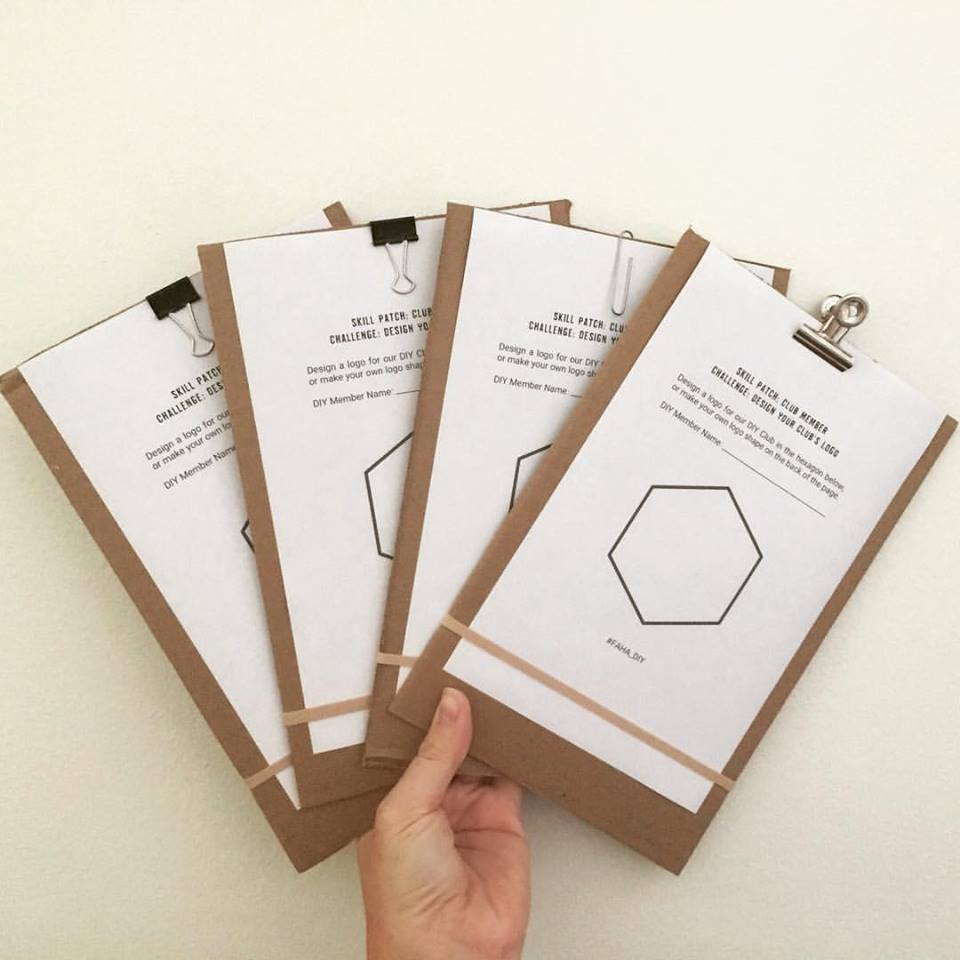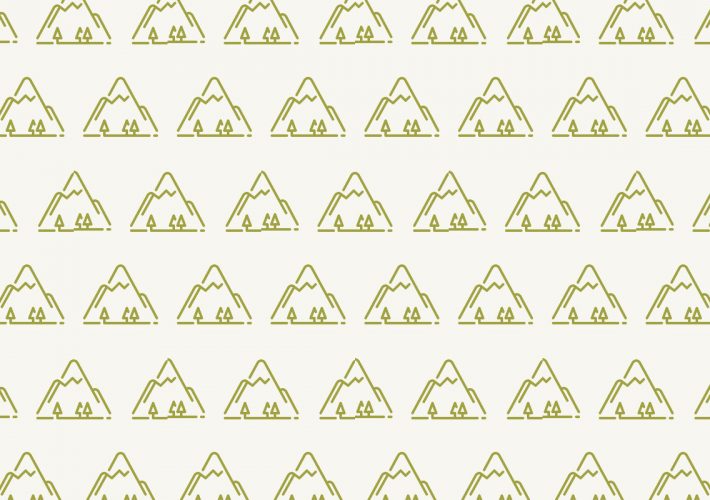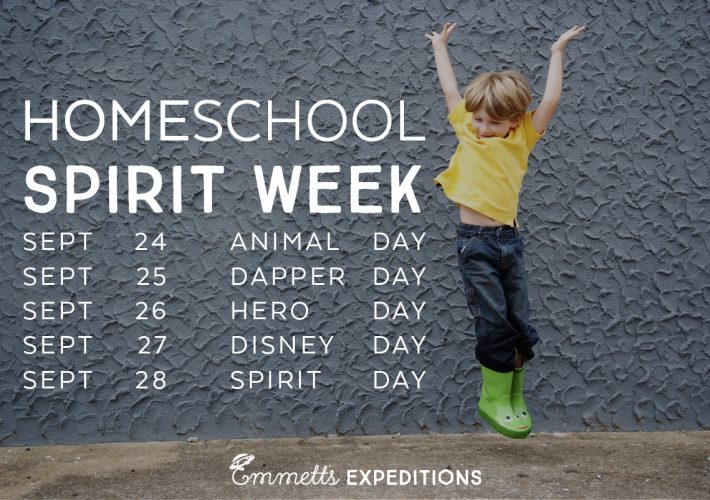How-To Start a DIY.org Homeschool Club
DIY.org has been a project based weekly part of our homeschool curriculum this past year. This summer, I am excited to say, we are starting a DIY Club with our homeschool co-op group. (Read why I am choosing Homeschool over a Summer Break) My son loves the projects and he will have so much more fun creating them with friends. Every two weeks we will meet up with the goal of earning a new skill patch. In order to earn a patch, each child has to complete 3 challenges. The first 2 we will do as a group. The 3rd will be the homeschooler’s choice to complete. In case you are interested in starting a DIY Club with your homeschool group (or your children’s friends), I’ve decided to share how we are setting up and running our club.
Club Setup
Step 1: Choose a Name
For our name, I simply used our group’s acronym with DIY: FAHA DIY. You can of course name it whatever you like. My only suggestion is to keep the name broad, so you do not seem limited to a topic. For example DIY Foresters might lead members to believe they will only be working on Forestry skills.
Step 2: Choose a Hashtag
Hashtags are not really a necessity. The reason you might want one is so your homeschoolers can easily browse and follow their fellow DIY members. Also it works well if you share photos on social media or want to recruit members. Our hashtag matches our name: #FAHA_DIY.
Step 3: Outline Meetings & Skill Patches
You don’t need to plan ALL your meetings and skill patches up front. However I do suggest you schedule at least the first 3 meetings. DIY.org suggests clubs meet at least once a month. Our group will be meeting 2-3 times per month with the goal of earning a patch each time. In order to do this you need to decide which challenges your group will be doing to earn the patch. You can do all 3 challenges together or you can do 2 together and let the kids choose their 3rd.
The First Meeting
DIY Club Member Skill Patch
There are many skill patches to earn on DIY and they keep adding more. So for our first patch as a group we are going to earn our Club Member skill patch. I’ve invited our members to join us at a local park on the group’s Meetup page and created a worksheet for one of the challenges.
Challenge No. 1
Design Your Club’s Logo
For this challenge I created a worksheet of sorts so the kids can easily create their logo, add their DIY member name, and share it with our group’s Hashtag. The worksheet features an empty hexagon so they can make a patch-like logo, or they can create their own from scratch on the blank side of the paper. The kids will need something under their paper so I will be putting together some upcycled cardboard clipboards. Crayons, markers, and colored pencils are also on my list of supplies to bring.
Challenge No. 2
Capture Your First Meeting
Bring your Camera! This step is important for every DIY project. You’ll need to take some pictures and sometimes videos of your children’s projects so they can put them on their DIY.org profiles and earn skill patches. For this challenge I will probably take a group photo of the kids working on their first challenge. Parent tip: candid photos are best. Especially where younger kids are concerned. Modeled photos often take the fun out of things for kids and make them irritable.
Challenge No. 3
Kids Choice
For the third challenge, the kids will choose their own challenge from the skill patch page. They can do the challenge at our meeting or at home if they wish. When they finish their challenges they will upload their projects for approval by the DIY staff. In the comments they can include our groups hashtag so all or group can see each other’s progress.
Have you tried DIY.org with your homeschool? Share your club hashtag in the comments below.
30 Days of Blog 2017: Day 10








what do you think?